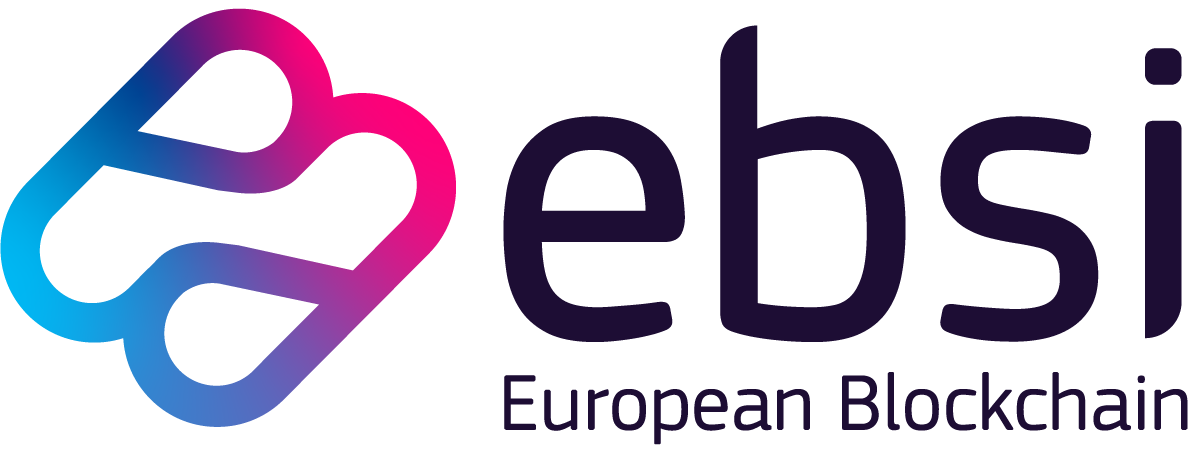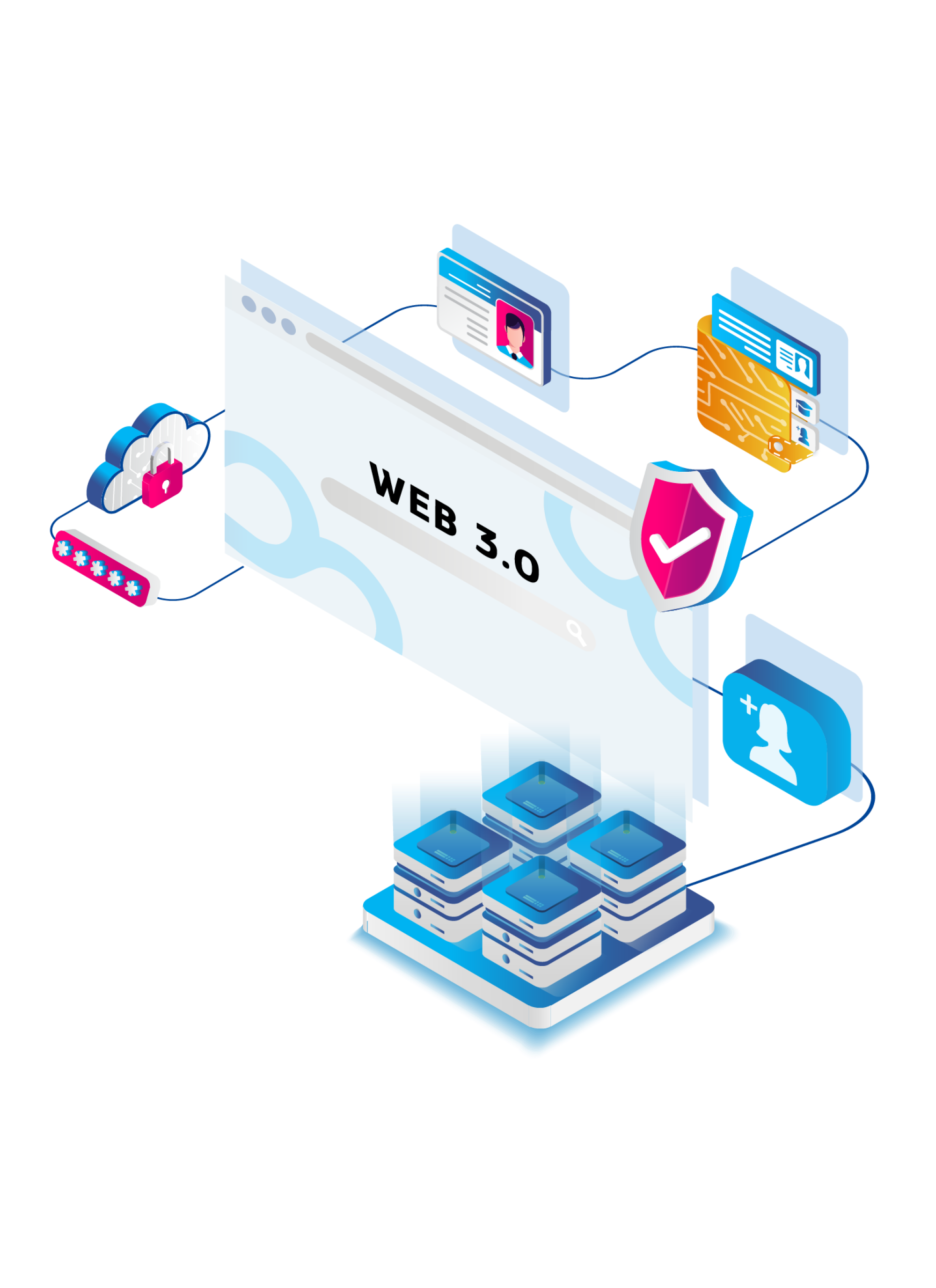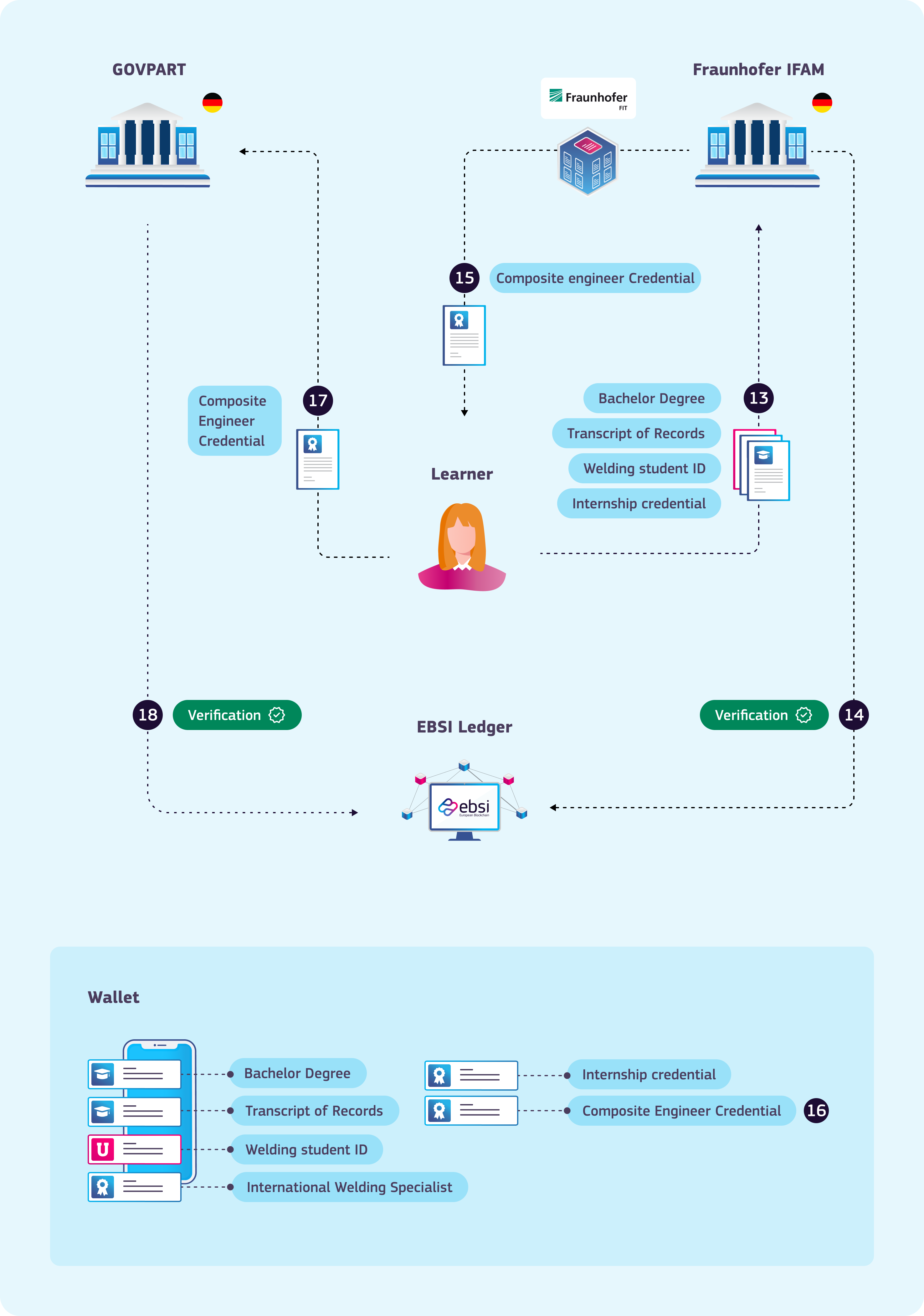EBSI projects
Vocational Education & Training
Assisting European citizens in the acceptance and recognition of certifications for vocational education and training across Europe.
The vision
A consortium of Government ministries, federal and research institutes, public companies, and universities.
Together, they are pioneering the future of vocational education and training in Europe with EBSI by facilitating the issuance, acceptance, and recognition of all types of vocational educational and training certifications across borders.
Government Ministries
Public Organisations
Institutes
IT Providers
Vocational Education & Training
Participating countries:
Government ministries:

Federal institutes:

Reasearch institutes:


Private companies:

Public companies:


Universities: (Issuers of educational credentials)

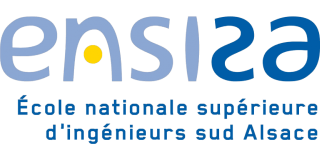
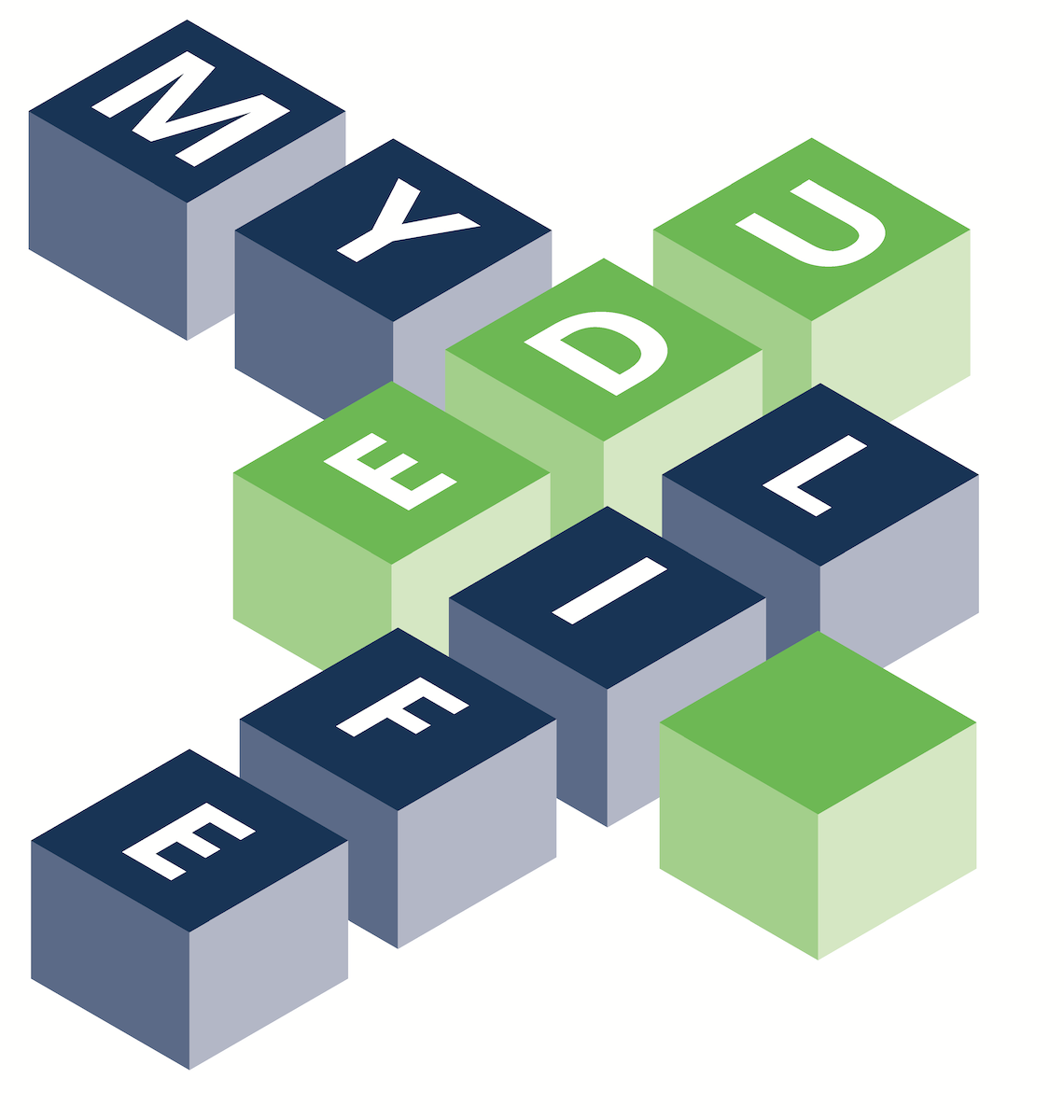
IT providers:


Infrastructure:
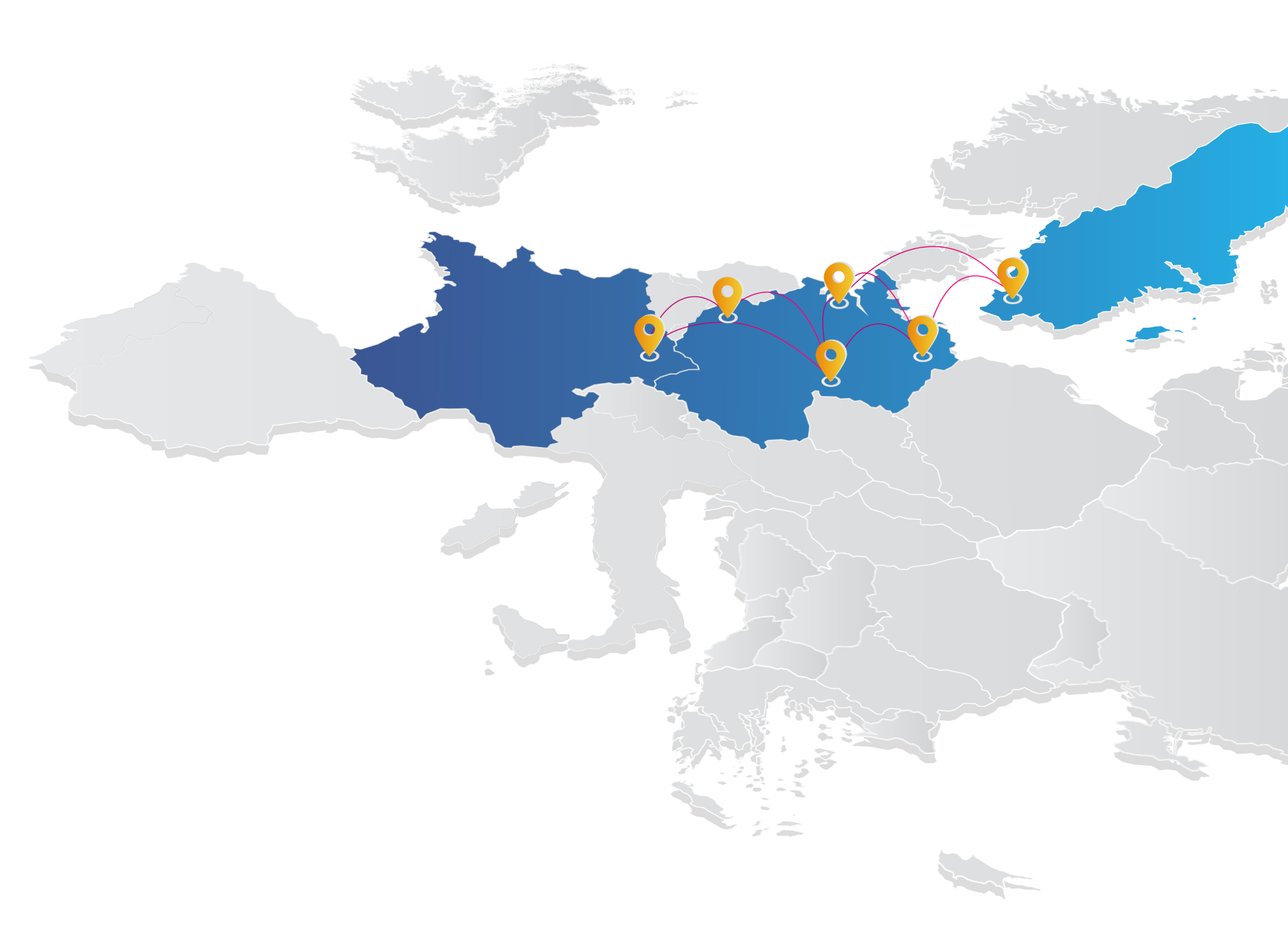
The challenge
The standardisation of vocational education qualification recognition in Europe is still limited.
Vocational education and training (VET) systems in Europe are not centrally governed but rather rely on a well-developed network of VET stakeholders. The social partners that govern these networks are employers and trade unions, structured as chambers, committees, and councils.
However, the way these social partners communicate and exchange information in Europe still faces challenges at administrative and regulatory levels, especially with the issuance, acceptance, and verification of paper or digital vocational education credentials. This is because vocational education qualifications in Europe lack administrative processes and regulatory implementation - including the use of standardised data models. This gap affects all levels of the process, resulting in a high number of steps, prolonged timeframes, shared and ambiguous responsibilities, or a reliance on intermediary third parties.
The opportunity
Web3 has the potential to revolutionise vocational education and training.
Web3 allows a streamlined digital verification process for learners' affiliations and credentials without a reliance on intermediaries, helping the Europe wide VET system strengthen the acceptance and popularity of vocational verifiable credentials while upholding user information privacy. This is specifically relevant when employers (verifiers) require professional and specific skills from the applicants: a reliable authentication process for vocational skillsets opens up novel career paths for the European vocational workforce.
A Web3 presentation and verification infrastructure for vocational credentials brings together three main technologies:
- Digital Wallets: used by vocational learners and institutions to receive, store and send credentials on the move.
- Verifiable Credentials: for formatting, presenting, and exchanging credential data in a machine-friendly way.
- Blockchain: for delivering a highly secure, resilient, and decentralised way of verifying credential information.
The project
Building the foundations of a new digital vocational education infrastructure using EBSI.
The project is leveraging the power of the European Blockchain Services Infrastructure (EBSI), to develop a seamless cross-border vocational education experience.
EBSI allows them to design, build, and operate the next generation of decentralised services. The objective is to promote intra-European migration, ideally gaining a better handle on the over- or under-supply of skilled workers at both individual and societal levels by:
- Improving the processing of vocational education qualifications by public and private administrators.
- Empowering vocational learners with full ownership of trusted digital qualifications through Web3 security and user-side selective disclosure.
- Facilitating the recognition of vocational education certificates across European institutions.
The scenario
Discover the scenarios.
1. Cross-border vocational education credentials.
2. Job application with pre-requisite qualifications.
The project plan
Current implementation stage and plan.

Next steps
Mobilisation of the ecosystem is key to driving adoption.
Achieving the goals of this project project demands a strategic and operational paradigm shift, mobilising a vast ecosystem involving legal entities, ministries, and learners. The creation of a cohesive digital infrastructure necessitates common guidelines, including a new identification system and authentication service for seamless integration between different types of vocational education and training institutions.
Help us shape the future of education in Europe.
Express your interest in the project
Are you interested in this particular project?
Send us an email to express your interest in a private demo, and get to know the project actors.
Discover our success stories
Interested in discovering more about our success stories?
